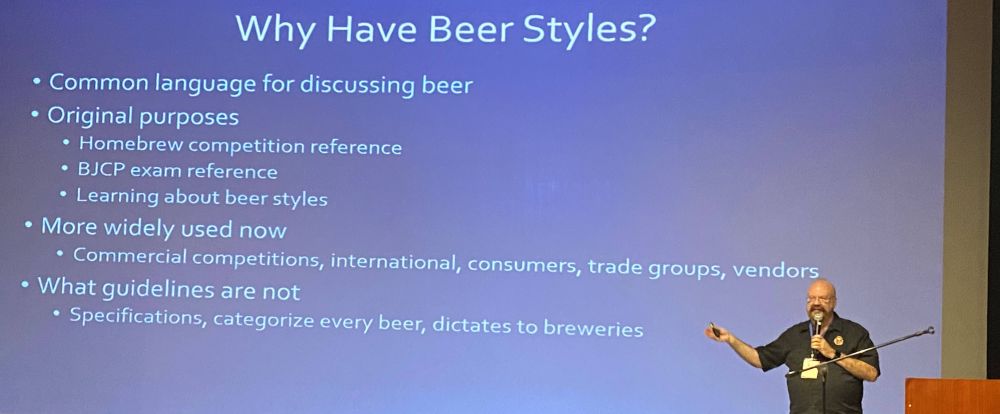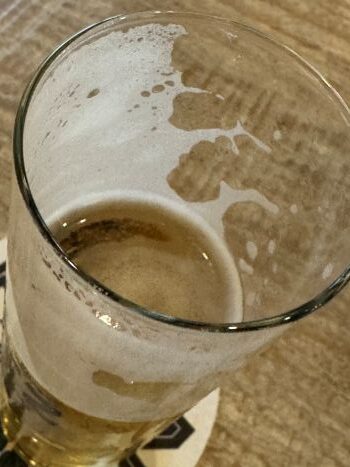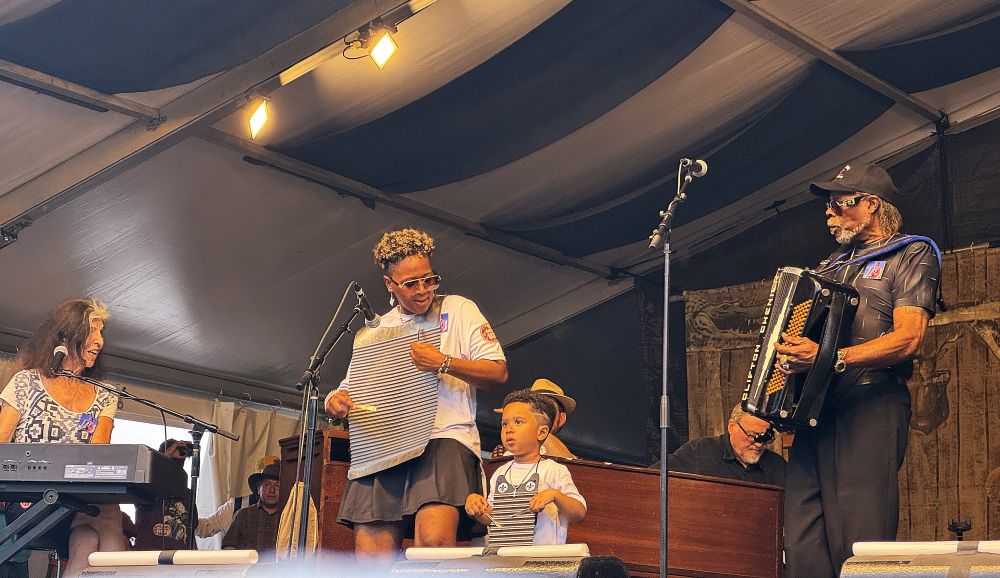The news Sunday that Martyn Cornell has died was a gut punch. Friends filled Bluesky with small stories, including links to many of his blog posts. Rereading one of my favorites — “In which I give more badly written beer history a good kicking” — I couldn’t help but smile for a moment. It was a sentence after sentence takedown, and should have made any writer happy to have Martyn not review their work.
JUST WONDERING
ABI’s Years of Craft Strategy Whiplash Are Catching Up With It details Anheuser-Busch InBev’s failures over the years to sell enough beer that customers would rather drink than the ones their closer-to-home breweries back. In the story, Dave Infante mentions “big craft” (which he puts in quotation marks). If I read it correctly, I think he means “craft-like” (my quotation marks) beer from breweries that do not meet the Brewers Association’s definition of craft brewery.
Which I think is different than the big craft Alan McLeod has been referring to for at least a dozen years (scroll to page 7). McLeod might correct me, but he has been referring to breweries such at Sierra Nevada (1.1 million barrels produced in 2024), and perhaps even ones such as Fiddlehead Brewing (108,143 barrels).
This raises several questions. ABI big craft, after all, is made up of breweries that used to qualify to be members of the Brewers Association. How is Goose Island pre-2011 different than Goose Island today? Do they have more in common with ABI or Fiddlehead? More important to me, personally, as a brewery visitor, does Sierra Nevada have more in common with the ABI group as a group or with Liquid Mechanics Brewing (1,369 barrels) in Lafayette, Colorado, where I had a terrific Helles Friday afternoon?
Forty years ago, Vince Cottone, a beer columnist for the Seattle Post-Intelligencer who contributed to numerous publications, first used the phrases craft-brewing scene, craft brewery and craft brewing in the manner they are thought of today.



